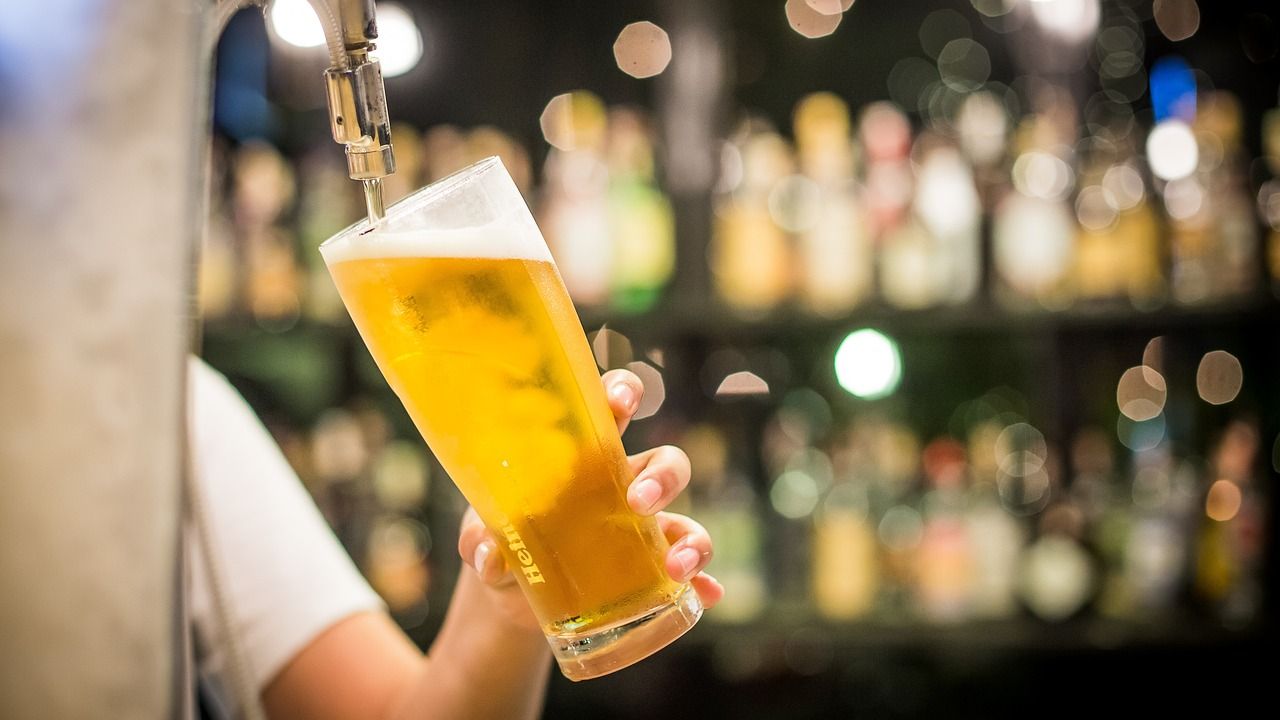Why Does Beer Foam Less When the Glass Is Tilted?
Published by Redbran,
Author: Christophe Lavelle
Source: The Conversation under Creative Commons license
Other Languages: FR, DE, ES, PT
Author: Christophe Lavelle
Source: The Conversation under Creative Commons license
Other Languages: FR, DE, ES, PT
Follow us on Google News (click on ☆)

Pouring the beer down the side of the glass: is it really a good idea?
Illustration Image Pixabay
Because for there to be foam, not only do we need bubbles, but more importantly, they must be stable enough to pack tightly against one another without bursting. Thus, carbonated soft drinks and so-called "sparkling" wines reveal their effervescence as soon as the bottle is opened, releasing the carbon dioxide (CO2) that was dissolved in them as bubbles: it indeed "foams"... and again when the drink is poured into the glass... but this foam disappears almost instantly!
So, what makes beer "special" compared to these drinks that allows its bubbles to remain on the surface for a long time, forming the famous white head that enthusiasts relish? Surfactants! Indeed, the proteins from barley malt and isohumulone (a molecule resulting from the degradation, during fermentation, of lupulin introduced by hops) surround the bubbles as they rise, forming a protective coat that allows them to pack tightly against each other... before eventually bursting after several minutes.
Now that we've understood the chemistry, how do we manage to "control" the foam volume? Back to physics: because the more the liquid is agitated, the greater the volume of gas released. That's why a beer poured from high above into the glass produces a lot of foam, while pouring it very gently (and thus without shock) down the side of the glass, keeps the foam thin.
Is it, however, a good idea to proceed this way? Not necessarily, because all the gas that wasn't released during the pour will be... by the agitation in your stomach! This is also why it's not recommended to drink directly from the bottle. In both cases, bloating is guaranteed during digestion!